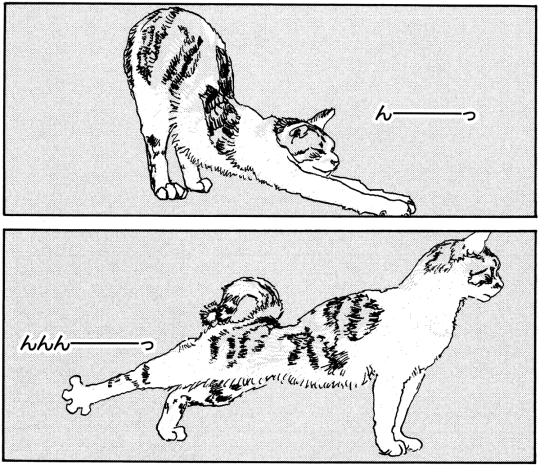Don't wanna be here? Send us removal request.
Text

Pieter Jansz. Saenredam - "St Antoniuskapel in the St Janskerk, Utrecht" (1645)
1K notes
·
View notes
Photo

Source details and larger version.
You might flip: vintage magazine covers.
58 notes
·
View notes
Photo




Obraz a písmo (Image and Letter), Exhibition catalog on Czech concrete poetry and visual art, Published by Muzeum v Kolín, Kolín, 1966
59 notes
·
View notes
Photo

«Form» 4, Brighton Festival Exhibition of Concrete Poetry: notes, map, Edited by Stephen Bann, Philip Steadman, Mike Weaver, 1967. Cover: Josef Albers, Sanctuary, 1942
151 notes
·
View notes
Text
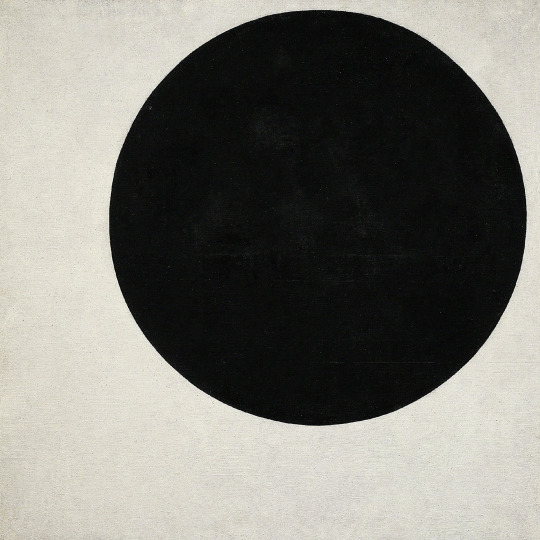
KAZIMIR MALEVICH “BLACK CIRCLE” | 1923 [oil on canvas | 105.5 × 106 cm.]
182 notes
·
View notes
Text
The importance of the painting “Suprematism of the Spirit" in Kazimir Malevich works.
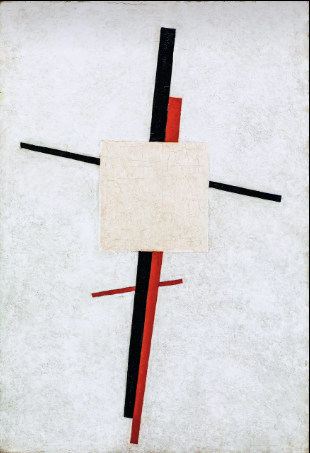
https://en.m.wikipedia.org/wiki/File:Suprematism-spirit-1919-1920.jpg
Kazimir Malevich initiated the Suprematist movement in the early 20th century. It emerged as a response to the changing artistic landscape and the societal upheavals of the time. Malevich, like many avant-garde artists of his era, was searching for new ways to express the modern experience and break away from traditional artistic conventions.
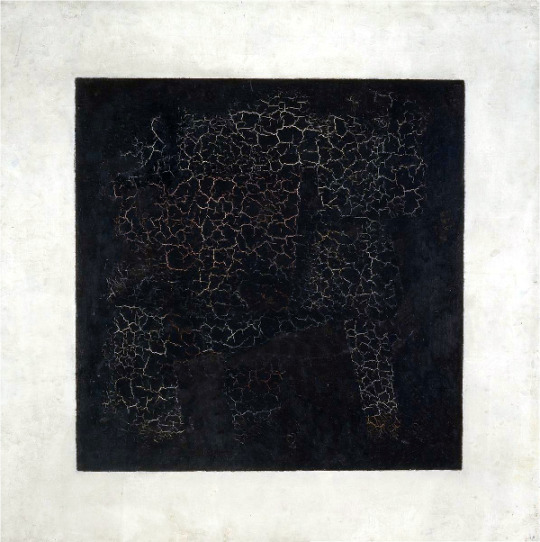
Suprematism began to take shape in Malevich's work around 1913, but it fully came into its own with the exhibition of his famous "Black Square" painting in 1915. This iconic artwork marked a radical departure from representational art and embraced pure abstraction. Malevich believed that art should transcend the material world and instead explore the realm of pure feeling and sensation.
Malevich's Suprematism was a bold attempt to redefine the nature of art and its relationship to the modern world. Through his groundbreaking work and writings, he laid the foundation for abstract art movements that would follow in the 20th century.
"Suprematism of the Spirit" is one of Kazimir Malevich's significant works within the Suprematist movement. To understand how he arrived at this painting, it's crucial to trace the evolution of his artistic ideas and style within Suprematism.
Malevich's journey in Suprematism was marked by a progression towards increasingly abstract and geometric forms, as well as a deeper exploration of the spiritual dimensions of art. "Suprematism of the Spirit" reflects this culmination of his artistic vision.
In the years following the creation of his seminal work "Black Square" in 1915, Malevich continued to refine his ideas and experiment with geometric abstraction. His Suprematist compositions became more complex, incorporating a variety of shapes, lines, and colors arranged in dynamic compositions.
By the time he painted "Suprematism of the Spirit," likely in 1919 or 1920, Malevich had fully embraced Suprematism as a means of expressing the spiritual essence of art. The title itself suggests a departure from the purely material or formal concerns of earlier Suprematist works towards a deeper exploration of metaphysical themes.
"Suprematism of the Spirit" may feature a composition dominated by geometric shapes and bold colors, typical of Malevich's Suprematist style. However, it also likely conveys a sense of transcendence and inner harmony, reflecting Malevich's belief in the ability of art to evoke spiritual truths beyond the material world.
Overall, "Suprematism of the Spirit" represents the culmination of Malevich's artistic journey within the Suprematist movement, where he sought to push the boundaries of abstraction and express the ineffable through geometric forms and color.
-----------------------------------
Note: There are 3 different versions published one at the thejewishmuseum.org which seems to be a copy of the one at the Stedelijk Museum, Amsterdam (on wood panel), and the original (oil on canvas) we show here which is based on the following sources: Unovis No 1 Vitebsk 1920 Annex to the facsimile edition
Jahrbuch der jungen Kunst Klinkhardt - Biermann The article Ernst Kallai: Konstruktivismus p.375) Leipzig,1924
Презентация PowerPoint El Lissitzky/Hans Arp Die Kunstismen /Les Ismes de L’Art /The Isms of Art 1924-1914 Erlenbach Zürich München Leipzig 1925 Pp 23 (ill 45) Encyclopedia of Russian avant-garde. Biographies Russian edition, pp153, volume II A.Sarabyanov, V.Rakitin Encyclopedia of Russian avant-garde Online edition. Website: http://rusavangard.ru/online/
Diplomatic World, International magazine No57, summer 2018 pp 140-141 A.Sarabyanov The Paths and Forks of the Russian Avant-Garde, Publishing house: Iskusstvo-XXI vek The World as Objectlessnes The Birth of a New Art, Yeltsin Center, Yekaterinburg November 5TH, 2021 — February 20TH 2022 Curators: Andrey Sarabyanov, Natalia Murray Jewish Museum and Tolerance Center, Moscow October 19TH, 2022 — February 19TH 2023 Curators: Andrey Sarabyanov, Natalia Murray
7 notes
·
View notes
Photo
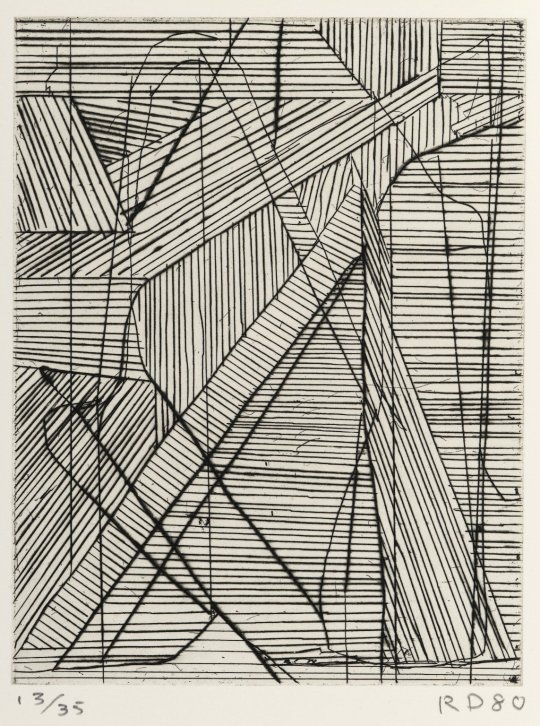
Irregular Grid, Richard Diebenkorn, 1980, Brooklyn Museum: Contemporary Art
© The Estate of Richard Diebenkorn Size: 6 ½ x 5 in. (16.5 x 14.6 cm) Medium: Drypoint and hard-ground etching
https://www.brooklynmuseum.org/opencollection/objects/162191
825 notes
·
View notes
Text

George Tscherny, "Science States Meanings. Art Expresses them", Silas H. Rhodes (art director), School of Visual Arts, New York, NY, 1958 [Milton Glaser Design Study Center and Archives, SVA Library, School of Visual Arts, New York, NY]
358 notes
·
View notes
Text
youtube
CAN | Live | Sporthalle Köln, 1972
1 note
·
View note
Photo

Keith Haring Red man running, 1986. Metal, 49.2 x 67.3 x 44.5 cm. (19.4 x 26.5 x 17.5 in.)
1K notes
·
View notes


